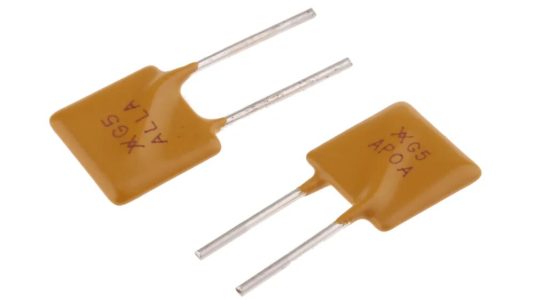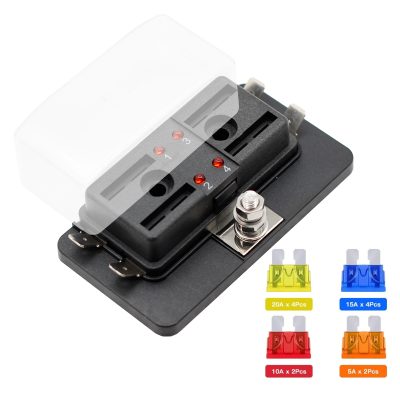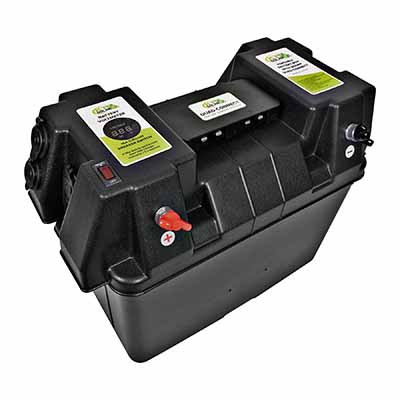Understanding 35A Glass Fuses for Automotive Protection
News 2025-10-27
The 35A glass fuse is a vital component in automotive electrical systems, designed to safeguard circuits from overcurrent and short circuits. Constructed with a glass tube and metal end caps, it features a wire that melts at 35 amperes, interrupting the flow to prevent damage. In vehicles, these fuses are essential for maintaining safety and reliability, especially in environments with high vibration and temperature fluctuations. As automotive technology advances, the 35A glass fuse continues to play a key role in protecting complex electronics, from basic lighting to sophisticated control systems.

Applications in Automotive Systems
In automotive contexts, the 35A glass fuse is commonly integrated into power distribution networks, such as those for headlights, audio systems, and engine controls. It is also critical in electric vehicles for managing battery circuits and charging systems, where high current demands are routine. Additionally, these fuses protect accessory circuits like power windows and seats, ensuring that faults do not escalate to system-wide failures. Their design allows for straightforward installation in standard fuse panels, making them ideal for both original equipment and aftermarket modifications in cars and trucks.
Performance Advantages and Specifications
The 35A glass fuse excels with its rapid response to overcurrent, typically activating in milliseconds to minimize potential harm. It boasts a high breaking capacity, often exceeding 1000A at 32V DC, which is crucial for handling sudden surges in automotive settings. Made from durable glass, it resists thermal shock and provides visual inspection capabilities, simplifying maintenance. Specifications include operation across a wide temperature range, from -40°C to 125°C, and compatibility with various voltage systems, offering a cost-effective, space-efficient solution compared to other fuse types.
Frequently Asked Questions
1. What is the main function of a 35A glass fuse?
It protects automotive circuits by breaking the connection when current exceeds 35A, preventing overheating and damage to wires and components.
2. How do I identify a blown 35A glass fuse?
A blown fuse shows a visibly broken wire or discoloration inside the glass tube, and it can be confirmed with a multimeter showing no continuity.
3. Can 35A glass fuses be used in non-automotive applications?
Yes, they can be applied in other low-voltage DC systems, such as marine electronics or industrial controls, provided the voltage and current ratings are suitable.


